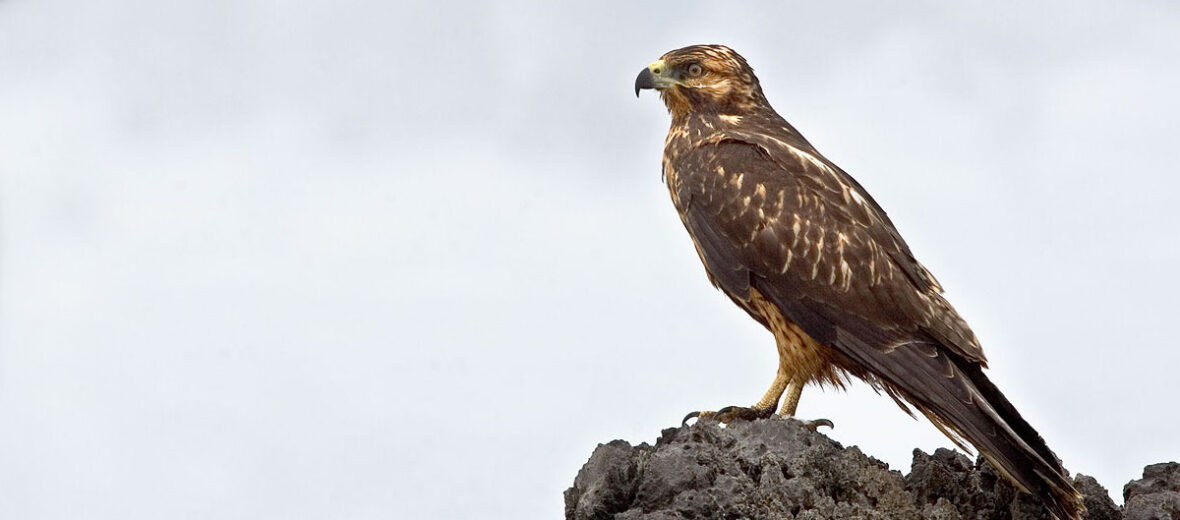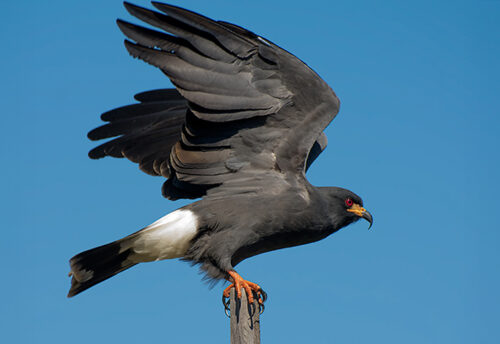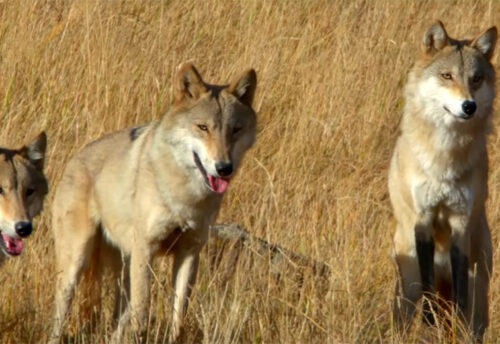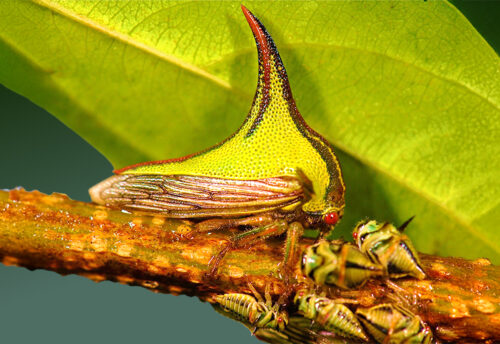
The Galápagos hawk is native to, you guessed it, the Galápagos islands. These large raptors are quite fearless, even around humans. Their preferred habitats are shrublands, shoreline, dry tropical forests, mountain tops, and even bare lava-fields. These hawks do not migrate seasonally. With just over 330 birds left in the wild, these raptors are listed as Vulnerable by the IUCN. This is due to hunting and trapping, as well as introduction of invasive species and with them disease. They also have a very small amount of territory, being islanders.
First the Stats…
Scientific name: Buteo galapagoensis
Weight: Up to 3.5 lbs.
Length: Up to 21.5 inches
Wingspan: Up to 47 inches
Lifespan: Up to 24+ years
Now on to the Facts!
1.) These raptors, like other raptors are sexually dimorphic, in that the females are larger than the males.
2.) When searching for prey, they will hunt in groups of 2 – 3. When food is spotted a signal is called out to the others.
3.) They are the only diurnal bird of prey on the Galápagos islands.
4.) A group of hawks is called a aerie, cast, kettle, boil, or lease.
5.) Once prey is obtained, the dominant hawk will feed first. Then the subordinates feed after the alpha gets its fill.
But wait, there’s more on the Galápagos hawk!
6.) These hawks are carnivorous scavengers that prey on insects, centipedes, lava lizards, land and marine iguanas, snakes, sea turtles, young birds, eggs, and carrion (dead animals).
7.) The Galápagos island hawks will tend to use the same nest year after year. Adding more sticks and twigs to it each season.
Did you know…?
These hawks, being larger, can only fly up to 28 mph.
8.) Some nests can measure up to 4 feet across and 6 feet deep!
9.) Females lay 1 – 3 eggs that hatch in approximately 38 days.
10.) They are the largest birds native to the Galápagos Archipelago.
But wait, there’s still more on the Galápagos hawk!
11.) Even though they have little fear of humans, they will abandon their nest if they feel it has been tampered with.
Did you know…?
These hawks have been around for an estimated 300,000 years.
12.) Due to the close proximity to the equator, there are no real seasons, so these hawks breed year round.
13.) Galápagos hawk males are monogamous (mate with just one female). However, the females will mate with up to 7 different males.
14.) The call of the Galápagos hawk is described as a series of short screams that sounds like “keer, keeu,” or an inflected “kwee”. During mating season, their call is more abundant, but softens to a “kilp, kilp, kilp”
Now a Short Galápagos Hawk Video!
Be sure to share & comment below! Also, check out the Critter Science YouTube channel. Videos added frequently!
Want to suggest a critter for me to write about? Let me know here.



